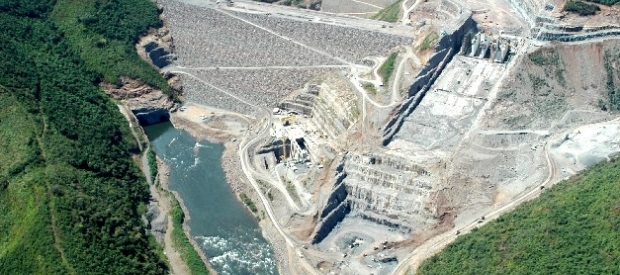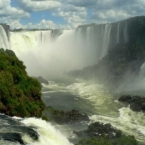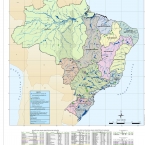Paraguay-Paraná Basin
The Paraguay and Paraná Rivers are the principal watercourses of what is termed the La Plata River basin, South America’s second largest after the Amazon (2,800,000 km²), flowing through Brazil, Bolivia, Paraguay, Argentina, and Uruguay.
The Paraná is born in highlands in eastern Brazil, while the Paraguay flows from Mato Grosso and the Chaco region. The Paraná flows 4,695 km (nearly 3,000 miles), emptying in the La Plata estuary near Buenos Aires and Montevideo.
There are 54 large dams in the La Plata basin in Brazil, and 45 more are planned or in construction, affecting the Paraná and its tributaries (the Grande, Paranaíba, Tiete, Paranapanema, Iguaçu, and Uruguay). The organization of communities facing displacement for construction of Itaipú Dam gave rise to the Dam-Affected People´s Movement.
By contrast, the Paraguay River has no dams, and is the central artery of the Pantanal, the world’s largest tropical wetlands ecosystem.
Principal threats to the Paraguay–Paraná system are plans by the governments of the region to channelize 2,100 miles of the rivers for an industrial waterway, or hidrovia, to lower the cost of exporting soybeans, and plans for new hydroelectric dams, including the Corpus Christi Dam on the Paraná River (Argentina/Paraguay), Garabí Dam on the Uruguay river (Argentina/Brazil), and the raising of the Yacyretá reservoir (Argentina/Paraguay) to its final design level.







